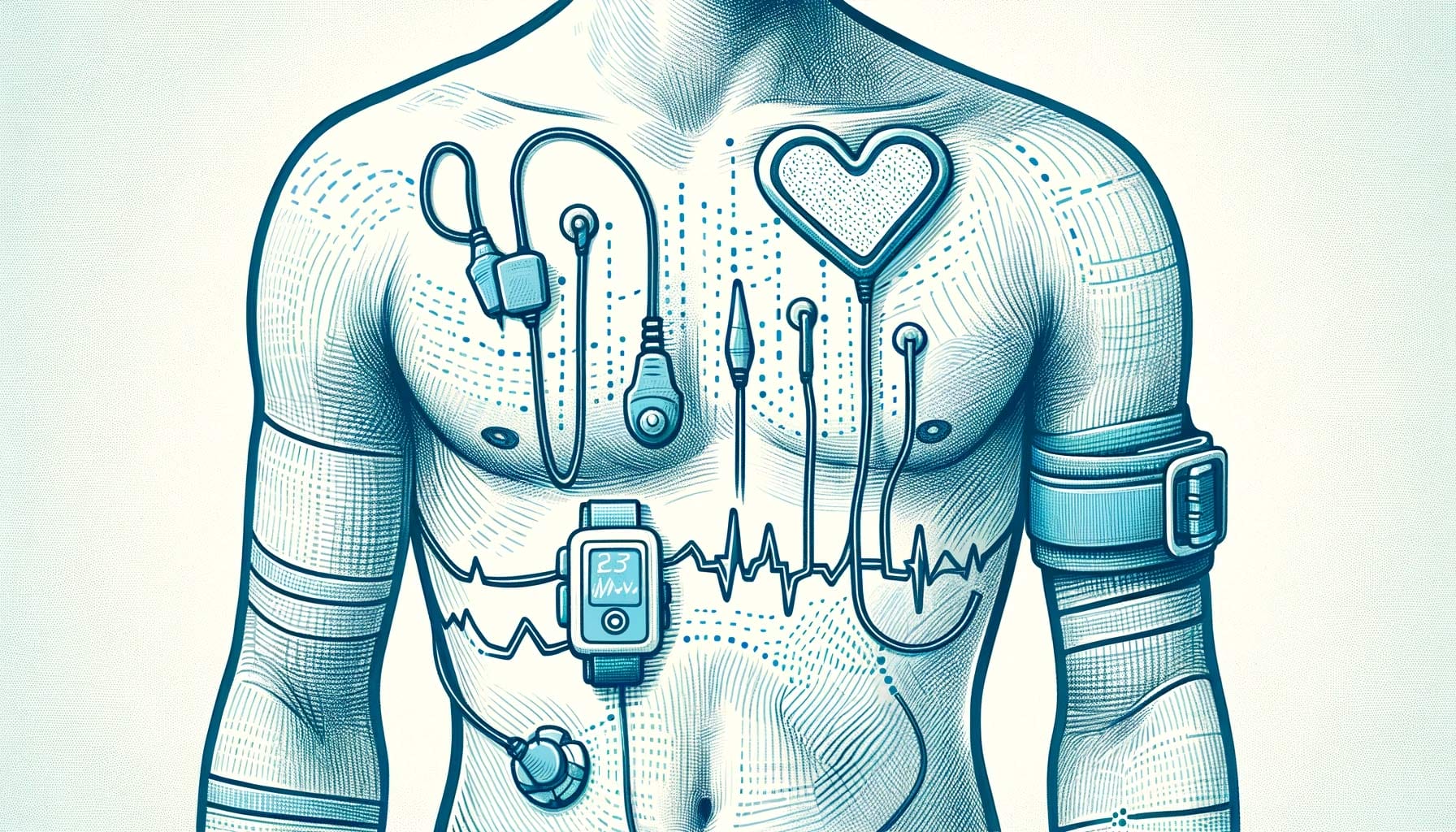Exploring the World of Heart Rate Variability
Heart Rate Variability (HRV), a crucial indicator of autonomic nervous system functioning, offers a unique lens into the human body’s adaptive capacities. This exploration delves deep into the nuanced world of HRV measurement, revealing its significance across various domains of health and science.
The relevance of HRV measurement extends beyond mere data collection; it’s a key to unlocking profound insights about our physical and mental states. For athletes, HRV is instrumental in tailoring training regimens for optimal performance and recovery. In clinical settings, it aids in the early detection of potential cardiac anomalies and monitoring stress-related conditions. The versatility of HRV measurement makes it an invaluable tool in diverse fields, ranging from sports science to psychological well-being and occupational health.
“In the dynamic concert of health and well-being, heart rate variability stands as the maestro, directing the nuanced interplay between physical prowess and mental resilience.”

This tool’s importance is rooted in its ability to reflect the body’s response to stress, relaxation, and recovery. By analyzing the variability in time intervals between successive heartbeats, HRV measurement provides a non-invasive means to assess the balance between sympathetic and parasympathetic nervous system activities. This balance is critical in understanding how our bodies cope with and adapt to various stressors, whether physiological or psychological. Thus, HRV emerges not just as a health metric but as a comprehensive indicator of overall well-being.
The versatility of HRV is matched by its complexity. Accurately measuring and interpreting HRV data requires an understanding of various physiological processes. Researchers and practitioners must consider factors like circadian rhythms, physical activity levels, and emotional states, all of which can significantly influence HRV readings. This complexity underscores the need for sophisticated measurement techniques that can accurately capture and analyze these subtle variations in heart rate.
For those new to the concept of HRV and its broad applications, our Ultimate Guide to Heart Rate Variability offers an in-depth introduction and a wealth of information on this vital health metric.
The Journey of HRV Measurement: From Past to Present
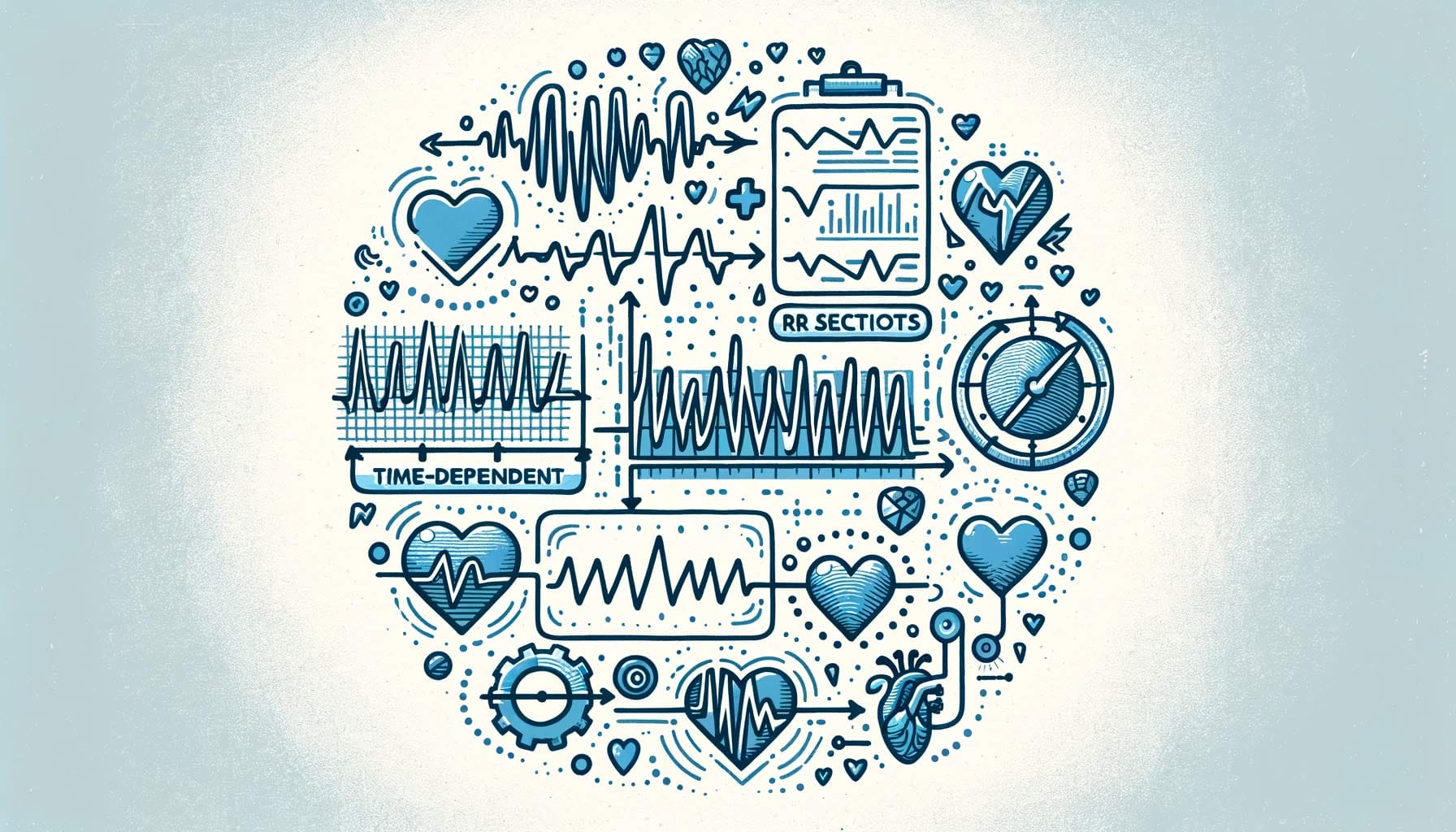
The history of HRV measurement is a testament to the remarkable evolution of medical technology and understanding. Initially, HRV was measured through electrocardiograms (ECGs), a method that, while effective, was limited by the need for specialized equipment and expertise. Early research focused primarily on the relationship between HRV and cardiovascular health, specifically in identifying risks for cardiac events.
“HRV: From ECGs to Wearables – A journey of technological triumph, where once complex medical tools have evolved into everyday devices, bringing the power of heart rate variability from the clinic to the wrist.”
As the field matured, the applications of HRV expanded, driven by advancements in technology and a deeper understanding of its implications. Today, wearable technologies have revolutionized HRV measurement. Devices like smartwatches and fitness trackers now offer the ability to monitor HRV continuously, providing users with real-time feedback about their physiological state. This democratization of HRV technology has opened new avenues for research and application, making it accessible not just to scientists and clinicians but to anyone interested in personal health monitoring. These technological advancements have also brought new challenges, particularly in ensuring accuracy and consistency across different devices and measurement conditions. The interpretation of HRV data demands careful consideration of contextual factors, as readings can vary significantly based on individual differences and environmental influences.
Discover how heart rate variability is revolutionizing personalized medicine in our article, “HRV and Personalized Medicine: Tailoring Health Strategies for Individual Needs“.
Core Concepts in HRV Measurement
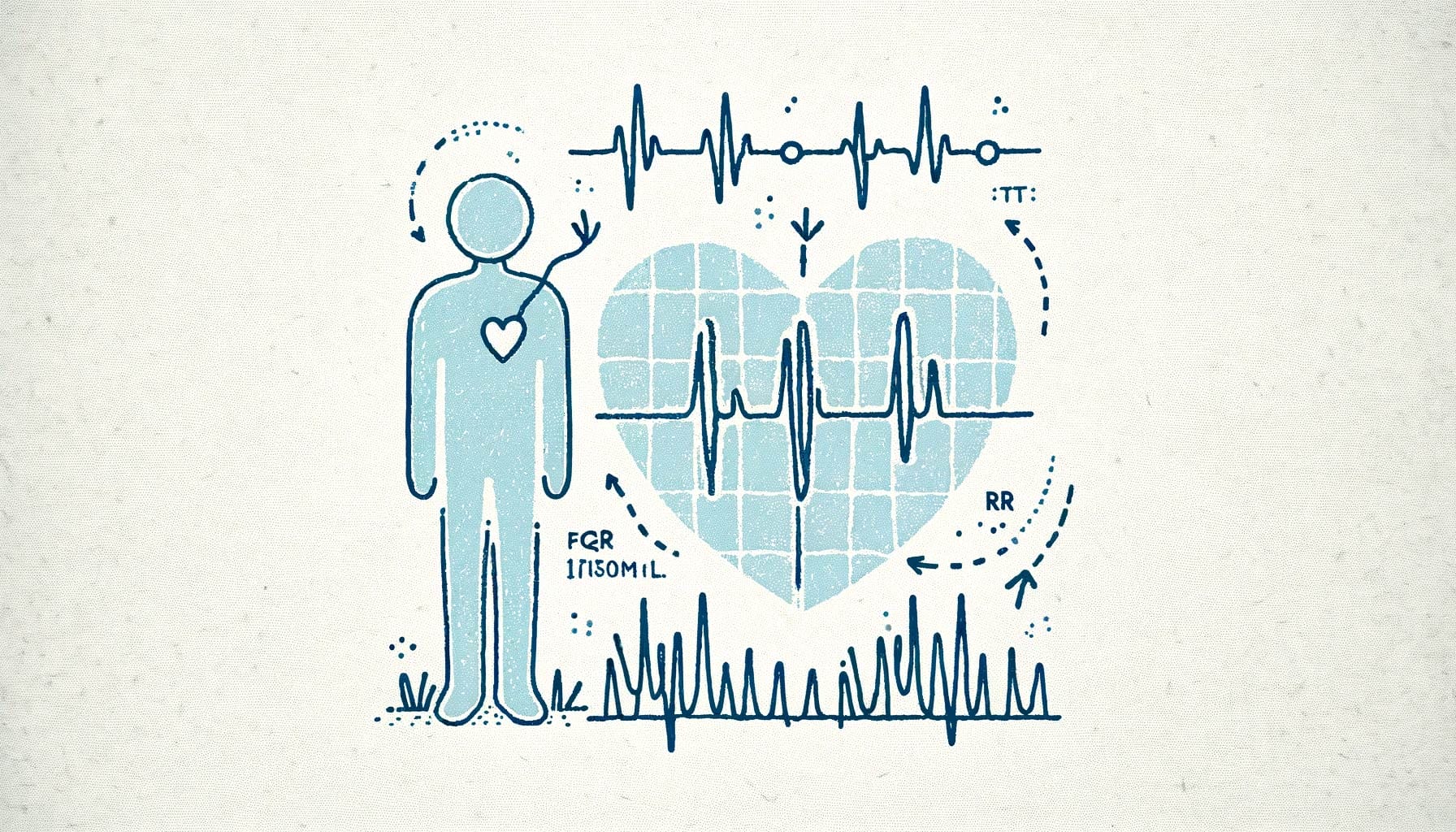
At its core, HRV measurement revolves around the analysis of time intervals between consecutive heartbeats, known as inter-beat intervals (IBIs). These intervals fluctuate naturally, influenced by a multitude of factors including physical exertion, stress levels, and even sleep quality. The primary aim of HRV measurement is to capture these fluctuations, which provide insights into the autonomic nervous system’s regulation of the heart.
The autonomic nervous system, comprising the sympathetic (‘fight or flight’) and parasympathetic (‘rest and digest’) branches, plays a critical role in this regulation. HRV serves as a non-invasive marker of this system’s activity, reflecting how the body responds to various stimuli and stressors. For instance, increased sympathetic activity, often associated with stress or physical exertion, typically leads to reduced HRV, indicating a state of heightened alertness or activity. Conversely, enhanced parasympathetic activity, linked to relaxation and recovery, results in higher HRV, signifying a state of rest and recuperation.
“HRV measurement is not just about counting heartbeats; it’s about deciphering the symphony of responses our body orchestrates in reaction to its environment.”
This dynamic interplay makes HRV a valuable metric for assessing not only physical health but also emotional and psychological states. For example, HRV has been used in research to study stress and anxiety, with lower HRV often correlating with higher stress levels. Similarly, interventions aimed at improving well-being, such as meditation and relaxation techniques, have been shown to positively affect HRV.
Discover key strategies for stress management and recovery through heart rate variability in our concise article, “HRV in Stress Management and Recovery“.
The Role of Technology in Advancing HRV Measurement
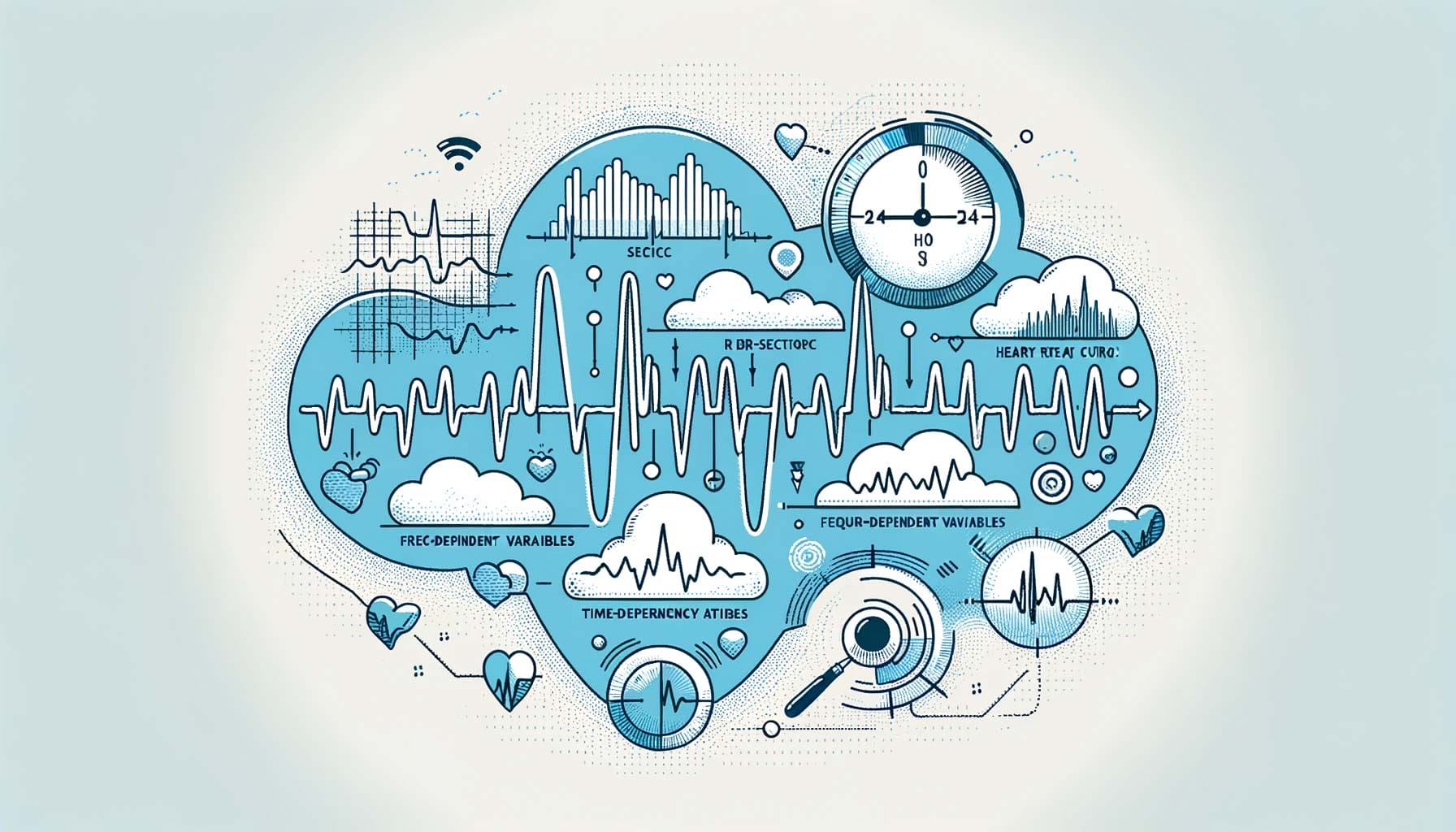
The advent of wearable technology has been a game-changer in the field of HRV measurement. Wearable technology has redefined the landscape of HRV measurement, making it more accessible and user-friendly. These devices, ranging from sophisticated smartwatches to specialized HRV monitors, offer the convenience of continuous and non-invasive tracking of heart rate variability. This technological leap has not only expanded the reach of HRV measurement to the general public but also enriched research opportunities in various fields.
“Wearable HRV Tech: A Wellness Revolution – Transforming heart rate variability from a clinical metric to a personal health compass, wearable technology empowers individuals to navigate the seas of well-being with real-time insights.”
The integration of HRV tracking into everyday wearables has encouraged a proactive approach to health monitoring. Individuals can now track their HRV in real-time, gaining immediate insights into their stress levels, recovery status, and overall heart health. This ongoing monitoring is particularly beneficial for athletes, who use HRV data to optimize training schedules, prevent overtraining, and enhance recovery processes. You may discover the transformative impact of heart rate variability in sports science for athletes in our concise article, “Harnessing HRV in Sports Science: A Game-Changer for Athletes“.
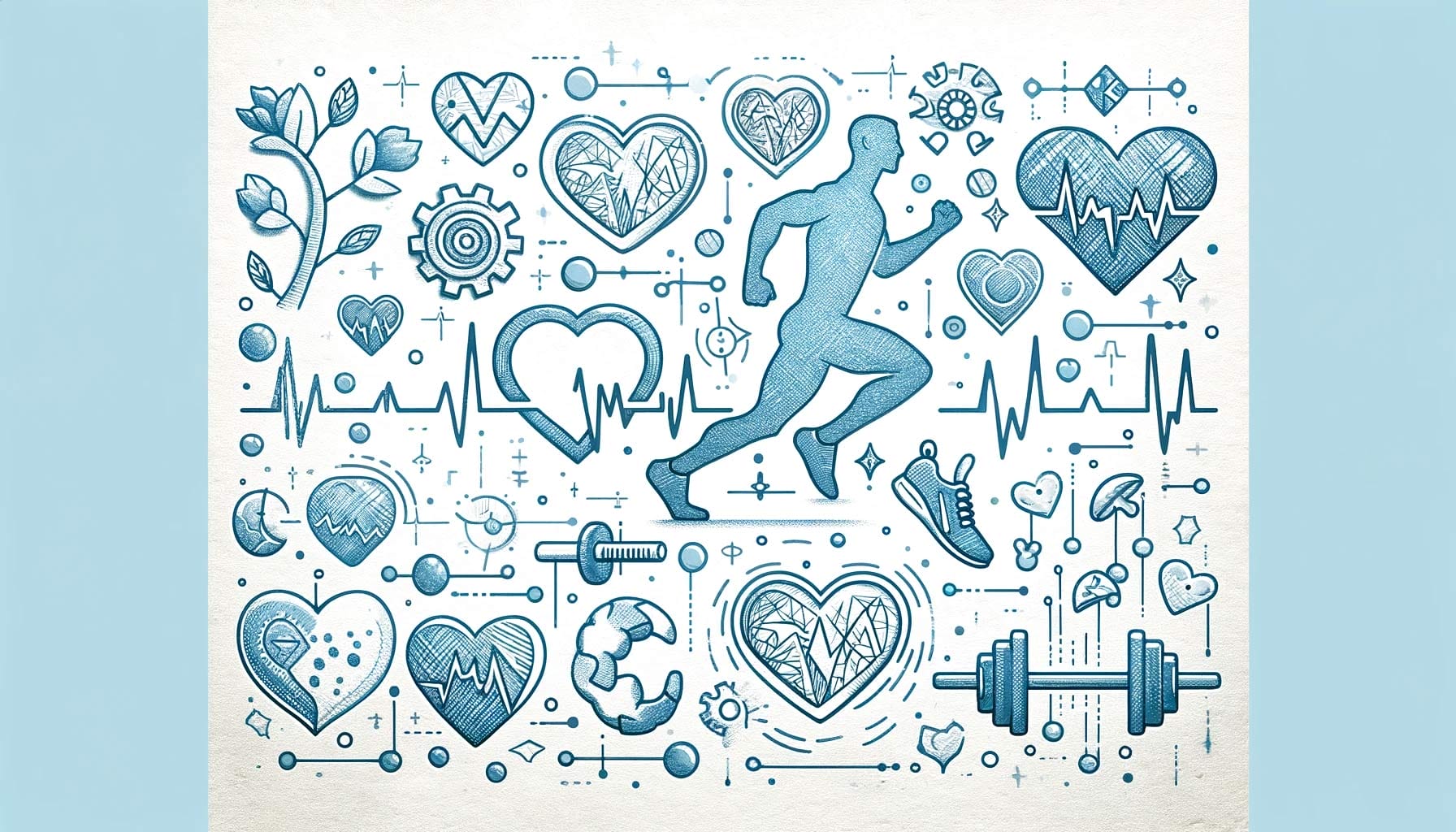
However, with the proliferation of wearable HRV technology comes the challenge of data accuracy and interpretation. Variations in sensor quality and data processing algorithms can lead to discrepancies in HRV readings across different devices. Therefore, it’s crucial for users and practitioners to understand the capabilities and limitations of their chosen devices. Standardization in measurement protocols and data interpretation remains a key area for development in the field.
Moreover, as we venture further into the digital age, emerging technologies like artificial intelligence and machine learning are beginning to play a significant role in HRV data analysis. These advanced technologies hold the promise of more accurate, personalized insights, paving the way for tailored health and wellness interventions based on individual HRV profiles. For a broader view of HRV’s role in psychological health, the article HRV The Role of HRV in Psychological Research: Uncovering Mental Health Insights offers valuable insights into how HRV is used to understand and manage mental health conditions.
Navigating the Challenges in HRV Measurement

Despite the advancements in HRV measurement techniques, several challenges persist, particularly concerning the accuracy and interpretation of data. One of the primary issues is the influence of external factors such as movement artifacts and environmental variables, which can skew HRV readings. This necessitates careful consideration of measurement conditions and individual circumstances when analyzing HRV data.
“HRV: Navigating Through Complexity – Amidst the waves of technological progress, the challenge remains to steer through the intricacies of heart rate variability, ensuring accurate interpretation amidst a sea of variables and external influences.”
Moreover, the interpretation of HRV is complex, as it is influenced by a multitude of physiological and psychological factors. Age, fitness level, lifestyle habits, and even time of day can all impact HRV readings, making it challenging to draw definitive conclusions from the data. Researchers and clinicians must therefore adopt a holistic approach, considering the broader context of each individual’s health and lifestyle when analyzing HRV data.
Delve into the role of heart rate variability in aging and geriatric research in our article, “HRV in Aging and Geriatric Research: Understanding the Aging Heart“.
Another challenge lies in the educational gap. With HRV measurement becoming more mainstream, there is a growing need to educate users on how to interpret their data effectively. Misinterpretation of HRV readings could lead to incorrect conclusions about one’s health or training status. As such, efforts to improve public understanding of HRV and its implications are essential in maximizing the benefits of this powerful tool.
The Future of HRV Measurement: Emerging Trends and Innovations
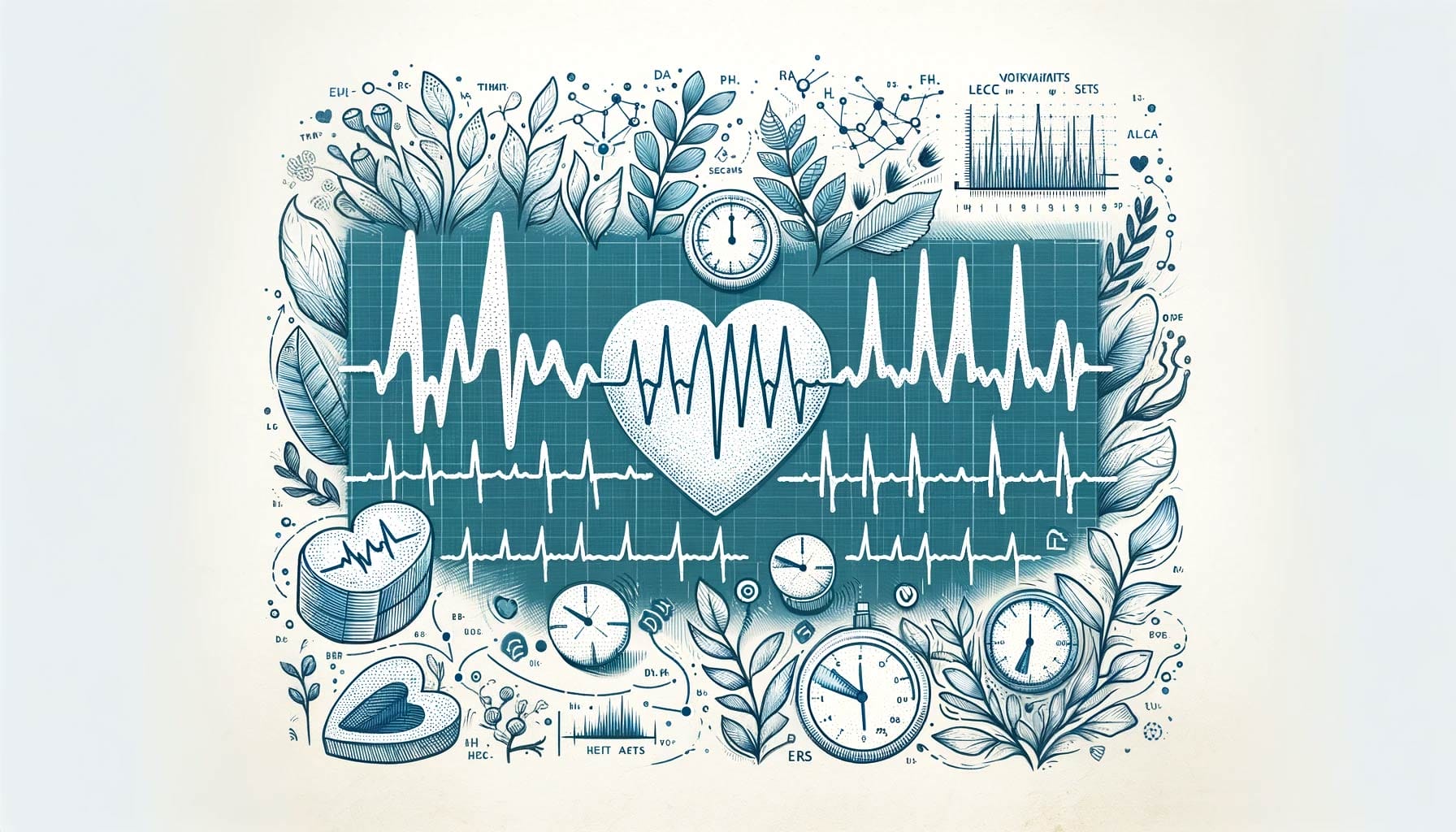
Looking ahead, the field of HRV measurement is poised for exciting developments. Integration of AI and machine learning offers the potential for more nuanced analysis of HRV data, enabling personalized health insights and interventions. These technologies could revolutionize the way we approach HRV, allowing for more accurate predictions and tailored health recommendations.
Furthermore, ongoing research in HRV is expanding its applications beyond traditional health and sports science domains. Studies are exploring the use of HRV in mental health, workplace wellness, and even in educational settings to monitor stress and cognitive performance. As our understanding of HRV deepens, so too will its impact across various aspects of life.
The future also hints at more seamless and non-invasive HRV tracking technologies. Innovations in sensor technology and data analytics are expected to enhance the accuracy and ease of HRV measurement, making it an integral part of everyday health monitoring.
Discover how heart rate variability is revolutionizing personalized medicine in our article, “HRV and Personalized Medicine: Tailoring Health Strategies for Individual Needs“.
Conclusion: Embracing the Insights of HRV Measurement
In sum, HRV measurement is a multifaceted tool that offers invaluable insights into the human body’s autonomic functions. Its evolution from a specialized medical metric to a widely accessible health marker signifies a major leap in our ability to understand and monitor human health.
As we continue to harness the power of HRV, it becomes increasingly clear that this metric is more than just a number – it’s a reflection of our body’s intricate response to its environment, a key to unlocking the mysteries of human health and well-being.
You Might Also Be Interested
- 📚 Delve into our comprehensive HRV Article Collection for insightful perspectives on Heart Rate Variability (HRV).
- 🔍 Learn how the advanced features of Fibion Emfit & Fibion Vital can aid you in your HRV research.
- 📅 Planning an HRV measurement and analysis? For a chat with our HRV expert, book a session with Dr. Miriam Cabrita.
Frequently Asked Questions About This Topic:
What is Heart Rate Variability (HRV) and its importance? +
HRV is the variation in time intervals between heartbeats, reflecting the autonomic nervous system’s functioning. It’s a vital indicator of adaptive capacities, providing insights into physical and mental states.
How is HRV used in sports science and clinical settings? +
In sports science, HRV aids in tailoring training regimens for optimal performance and recovery. Clinically, it helps detect cardiac anomalies and monitor stress-related conditions.
What factors influence HRV readings? +
Factors like circadian rhythms, physical activity levels, emotional states, and individual physiological differences can significantly influence HRV readings.
How has wearable technology impacted HRV measurement? +
Wearable technology has democratized HRV measurement, allowing continuous, non-invasive tracking and making it accessible to the general public, athletes, and researchers.
What challenges exist in HRV measurement and interpretation? +
Challenges include ensuring accuracy across devices, the influence of external factors, and the complexity of interpreting data due to physiological and psychological influences.
What are the future trends in HRV measurement? +
Future trends include integration of AI for personalized health insights, expansion of applications in mental health and wellness, and innovations in sensor technology for more accurate tracking.

